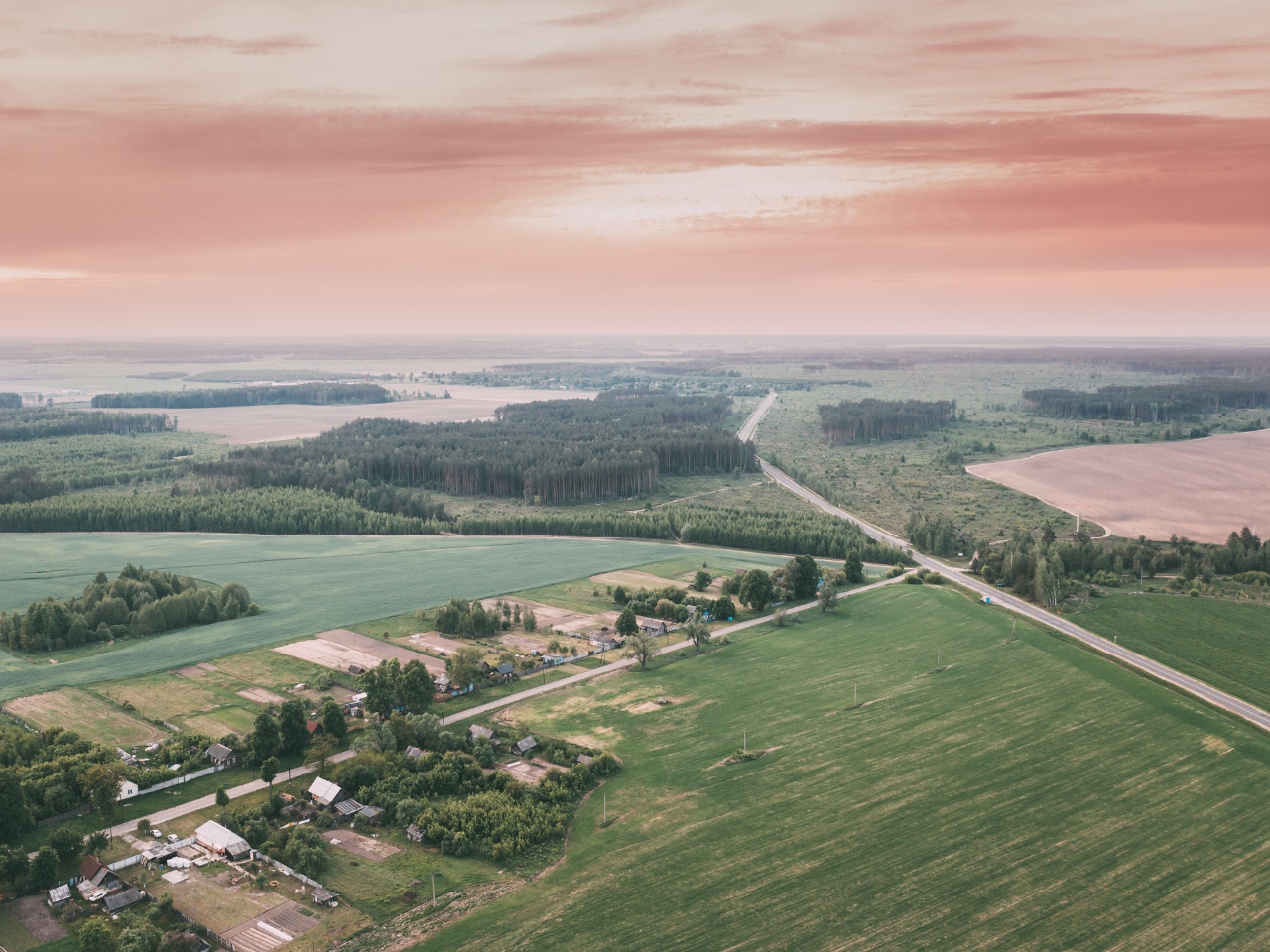
Australia is a country defined not just by its cities, but by the vast and diverse regions in between. From cattle stations in the Northern Territory to mining towns in Western Queensland and remote Indigenous communities in the outback, the challenges of distance, labour, and infrastructure are constant.
Robots, once seen as tools for high-tech factories and inner-city automation, are now finding a home in the bush. Through innovation, reliability, and adaptability, they are helping solve the problems that have long impacted regional communities.
In remote areas, access to skilled labour is a long-standing issue. Many businesses and councils face delays in sourcing people to clean, deliver, transport, or inspect critical infrastructure. This is where robots are stepping in.
By automating repetitive or low-risk tasks, robots are allowing limited human resources to focus on higher-value work.
Remote regions often present conditions that are physically challenging for humans like extreme heat, dust, long travel times, and difficult terrain. Many sites, like solar farms or water infrastructure in regional councils, are spread across kilometres.
These technologies reduce wear on equipment, improve sustainability, and minimise costly shutdowns or travel.
In regional hospitals, robotics is becoming part of the solution to maintain standards without the dense support systems available in major cities.
These tools don’t replace staff, but they help stretch services in locations where staffing shortages are the norm.
Some of the most geographically isolated communities in Australia are turning to automation for essential services.
With appropriate consultation and deployment, robotics can offer safer, more reliable access to infrastructure and services in communities where every kilometre counts.
In regions prone to bushfires, floods, or extreme weather, robots can play a role in both prevention and response.
The ability to send a machine instead of waiting on a human team to drive hours or even fly in, can make all the difference.
Robotics is no longer a city-centric technology. From agriculture and mining to healthcare and infrastructure, regional Australia is quietly becoming a proving ground for resilient, adaptable automation. As costs decrease and connectivity improves, the barriers to entry are shrinking.
For communities spread across vast landscapes, robots aren’t just efficient, they’re practical, reliable, and increasingly essential.
